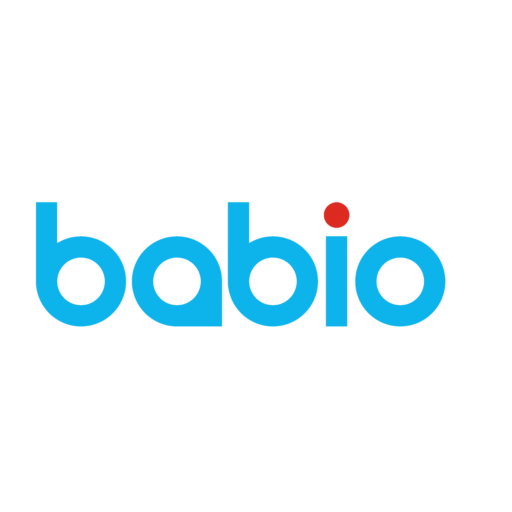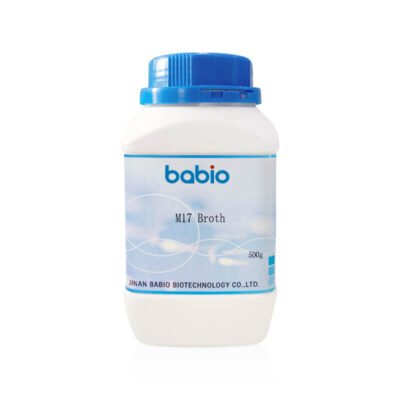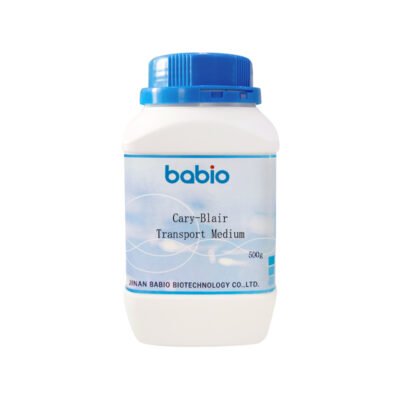Description
Reinforced Clostridium Medium (RCM): Comprehensive Overview
Reinforced Clostridium Medium (RCM) serves as a specialized culture medium designed for the isolation and cultivation of Clostridium species. These anaerobic bacteria play significant roles in various biological processes, including fermentation and pathology. The formulation of RCM provides optimal growth conditions for these organisms, making it a valuable tool in microbiological research and clinical diagnostics.
Composition
The composition of RCM includes:
- Peptic digest of animal tissue (10.0 g/L): This component supplies amino acids and peptides that support bacterial growth.
- Beef powder (10.0 g/L): This ingredient offers additional nutrients, including vitamins and minerals, which help fastidious organisms thrive.
- Yeast powder (3.0 g/L): This additive provides B vitamins and other growth factors necessary for bacterial proliferation.
- Glucose (5.0 g/L): It acts as a primary carbon source that supports energy metabolism and stimulates growth.
- Soluble starch (1.0 g/L): This component serves as an additional carbon source, available for certain bacteria.
- Sodium chloride (5.0 g/L): This ingredient maintains osmotic balance in the medium.
- Sodium acetate (3.0 g/L): It functions as an additional carbon source and helps buffer the medium.
- L-Cysteine hydrochloride (0.5 g/L): This compound reduces oxygen levels, creating an anaerobic environment conducive to Clostridium growth.
- Agar (0.5 g/L): This solidifying agent allows the formation of gel-like media when cooled.
Final pH
The medium maintains a final pH of 6.8 ± 0.1 at 25℃, providing optimal conditions for the growth of Clostridium species. This pH level promotes anaerobic bacteria while inhibiting unwanted aerobic organisms.
Preparation Method
To prepare RCM, follow these steps:
- Dissolve 38.0 g of the powdered medium in 1 L of distilled water.
- Sterilize the solution by autoclaving at 121℃ for 15 minutes. This step eliminates contaminating microorganisms.
- After sterilization, cool the medium before use. You can pour it into Petri dishes or utilize it in anaerobic chambers for culturing.
Applications
Researchers widely use RCM for isolating pathogenic Clostridium species, such as Clostridium perfringens and Clostridium difficile. These organisms are associated with food poisoning and antibiotic-related diarrhea. Its nutrient-rich formulation and ability to create an anaerobic environment make RCM essential for studying the physiology and biochemistry of anaerobic bacteria.
Visit our [Food Hygiene Detection Series] for more related products.

Reinforced-Clostridium-Medium-1.jpg)
Reinforced-Clostridium-Medium-3.jpg)
Reinforced-Clostridium-Medium-2.jpg)
MUELLER-HINTON-AgarMHA-1-400x400.jpg)


Reviews
There are no reviews yet.